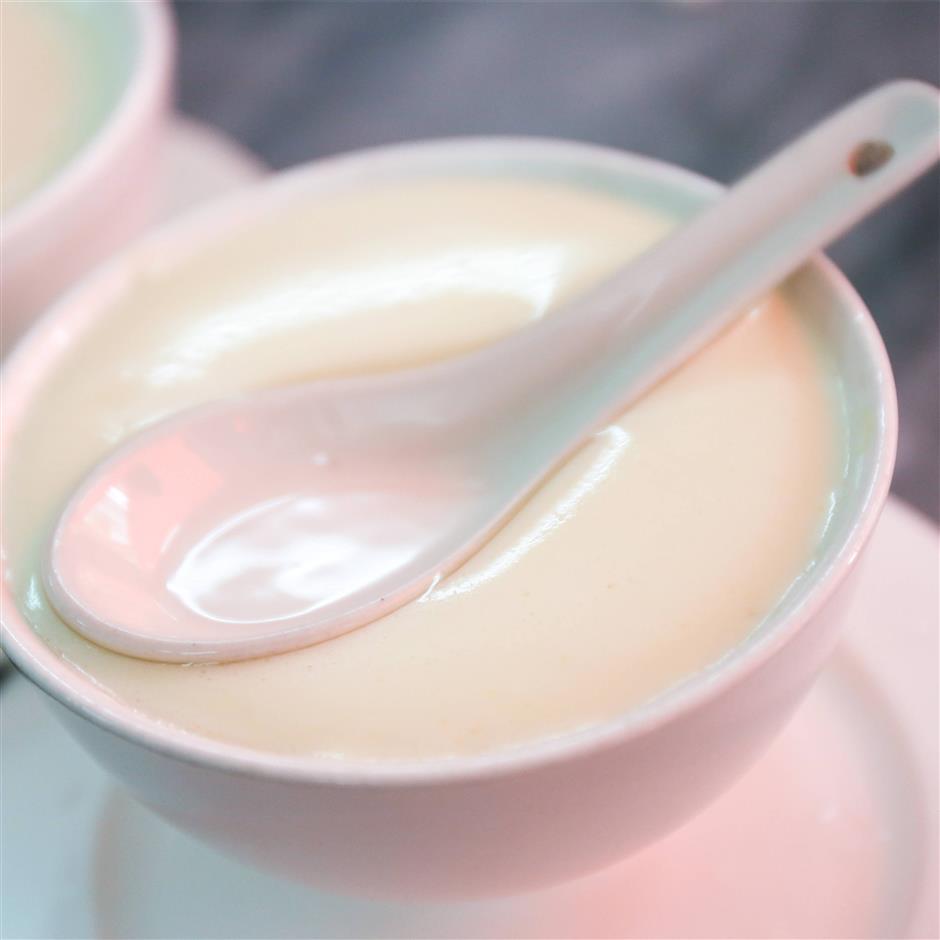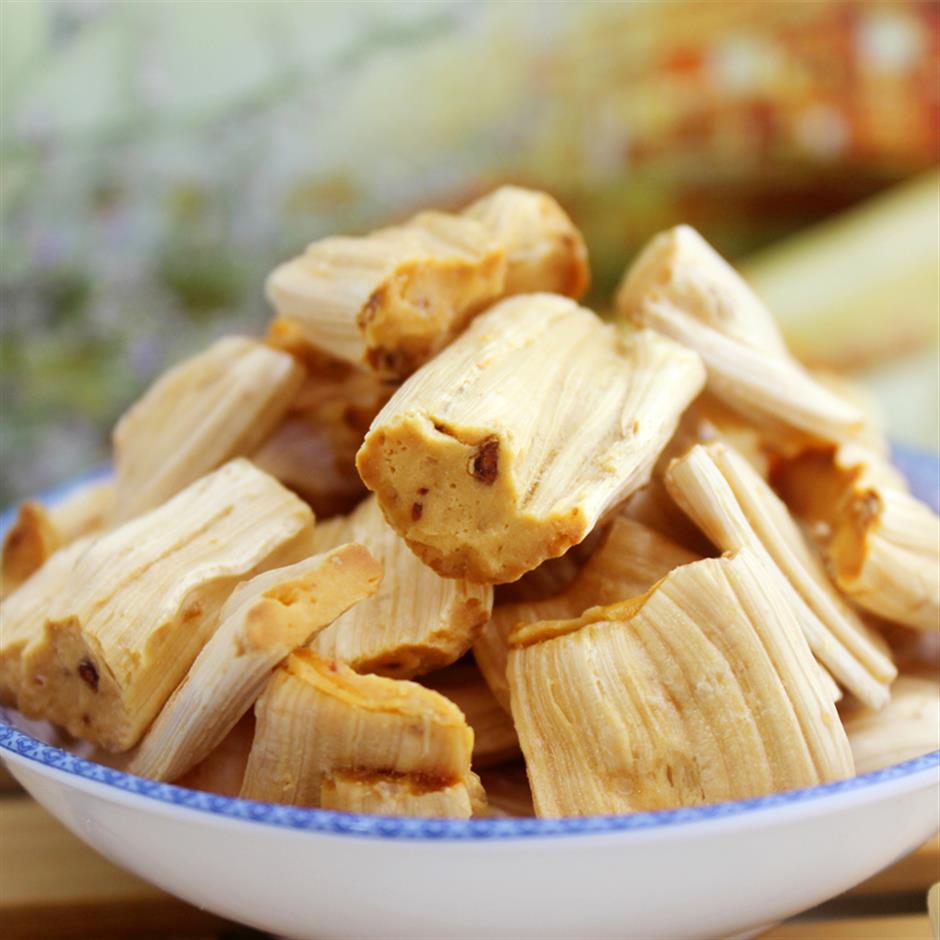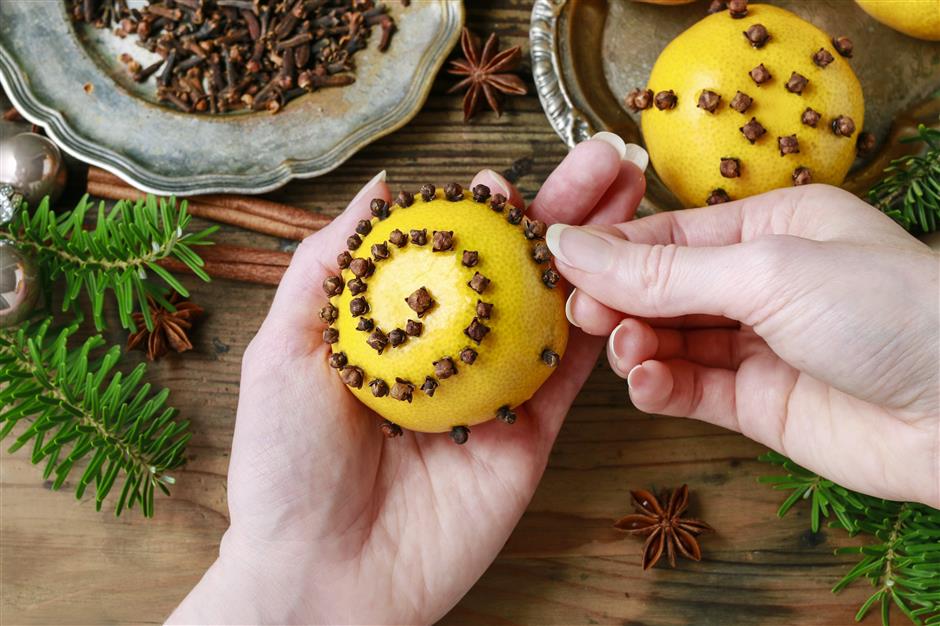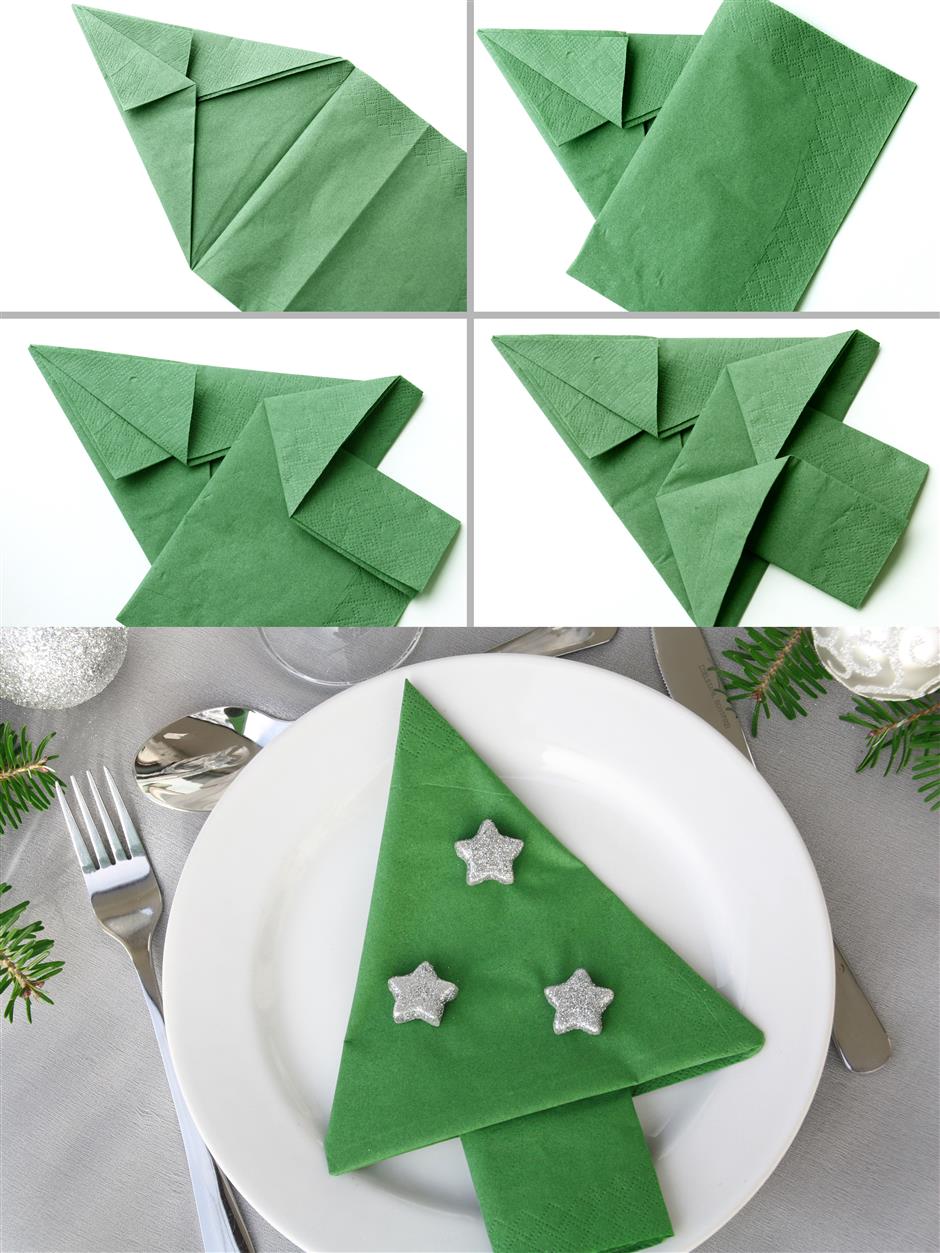'Tis the season to eat merry!
Ho, ho, ho! The holiday spirit is already sneaking into daily routines — a Christmas playlist on a loop, hot chocolate drinks and huge Christmas trees lit up across the city.
It’s never too early to start planning for the holiday celebrations, and there are plenty of things to do both at home and out.
This week, we’ve complied a holiday guide that includes events, DIY ideas and new thoughts for the Christmas feast.

It's time to make plans for Christmas.
Something new
The Christmas feast should feature a centerpiece dish that wows in terms of presentation and taste. While turkey and ham are the most traditional and popular, it might be fun to try something new for the big dinner, and if you want to incorporate some local, Chinese specialties since we are in Shanghai, here are some alternatives to consider.
Peking duck is an iconic dish that’s fitting for special occasions and festival celebrations.
Top restaurants that serve Peking duck as a signature dish include Dadong, the one Michelin-starred Peking duck restaurant (two branches in Shanghai earned the star), Madam Zhu’s Kitchen and Xihe. They also do delivery via apps such as Ele.me.
Peking duck is presented as a set that includes thin steamed pancakes, simple sides and condiments. The best part is the crispy duck skin, which many people like to enjoy with a little bit of sugar as it can melt in the mouth.
The meaty parts of the duck are sliced and wrapped in the pancake with cucumber, leek and sweet fermented flour sauce, and the bones are boiled to make soup or congee, or deep-fried and seasoned with peppercorn salt to make a finger-lickingly delicious dish.

Peking duck is a centerpiece dish for formal dinners.
Babaoya, eight-treasure duck, is a Shanghainese classic that fills the whole duck with a glorious stuffing of glutinous rice, Chinese ham, shrimp, dried scallop, bamboo shoot, chestnut, shitake mushroom, chicken gizzard, peas and more, which is then steamed until the meat easily breaks away from the bones.
The sumptuous juice of the duck sinks into the glutinous rice stuffing, while the combination of meats and vegetables also gives the duck a unique flavor.
Sweet and sour mandarin fish is a classic, fancy Chinese dish that’s often served at banquets as the main centerpiece. The fish with its blossoming shape resulting from the checked cut of the flesh is famous for its sweet and sour flavor as well as the special texture of a crispy outside and tender inside.
There are also Chinese snacks and treats that can work really well in Christmas celebrations, such as the different ways to enjoy ginger other than in good old gingerbread or gingersnaps.
Jiangzhuangnai, a ginger milk curd that directly translates as ginger hits milk, is a very popular Chinese dessert that originated in Shunde, Guangdong Province.
With some practice, it’s easy to make ginger milk curd at home since only three ingredients are needed — fresh ginger, milk and sugar. Traditionally the recipe uses buffalo milk, but now cow’s milk is more widespread.
The first step is to finely grated small pieces of ginger and squeeze out all the juice through a sieve and pour that into a bowl. Bring some milk to a boil and add sugar to taste, then take it off the heat so it can cool a little. The ideal temperature of the milk should be 70 degrees Celsius.
Now, stir the ginger juice and pour the milk into the middle. A couple of minutes later, milk curds will appear and it’s now ready to serve. A successful bowl of Jiangzhuangnai should be able to hold a spoon on top.
Because the curdling effect is fun to watch, the dish is great to make with children.

Jiangzhuangnai, ginger milk curd.
Ginger candy made of ginger juice and brown sugar is a very popular treat in southern China, not only because of its sweet and spicy flavor, but also ginger’s warm property which is very suited to places with a humid climate.
The ginger candy doesn’t have a fancy look but the taste is unique. Key ingredients include ginger, brown sugar and glutinous rice, and the texture is achieved by pulling the candy constantly.
Candied ginger, on the other hand, is a treat that transforms ginger slices into a tasty snack. You can make your own at home by boiling ginger with lots of sugar. The younger ginger has milder taste while the older ones are spicier. A jar of homemade candied ginger is a good gift idea, too.
Brewing ginger with jujube, dried goji berries and brown sugar makes a sweet, wintery drink that’s fit for any day. You can also use the combination of pear and ginger to make a sweet soupy dessert.

Ginger candy.
DIY fun
If you are celebrating Christmas Eve with family and friends at home, one of the first things to do to get into the holiday mood is to make a potpourri out of simple ingredients.
Potpourri has a more natural aroma compared to scented candles. A classic recipe is to simmer a pot of water filled with orange slices, fresh cranberries, cinnamon sticks that are broken in half, a few cloves, some nutmeg and a couple sprigs of rosemary.
As long as there’s water in the pot, the stovetop scent can be simmered over a very low heat on the stove for as long as you wish, only be careful when the water level is low.
For a lighter scent, try fresh lemon slices, a teaspoon of vanilla extract and fresh rosemary. Simmering apples, ground cinnamon and vanilla extract would create a sweeter scent.
If you are worried about keeping the gas on for too long or need the stovetop for cooking other dishes, small slow cookers can heat the potpourri as well.

Potpourri brews Christmas themed ingredients to create a natural aroma.
Cinnamon, clove, ginger, nutmeg, cardamom, star anise and allspice are the traditional Christmas spices with a warm and woody smell and flavor. Utilizing them smartly in both cooking and decoration can spark some holiday magic in the house.
An orange clove pomander, is a traditional handcraft made by piercing cloves and gluing star anises into the oranges in neat patterns. It adds orange and spiced fragrance to the room while looks quite festive, too.

An orange clove pomander made by piercing cloves into fresh oranges can add a spiced fragrance to the room.
Cinnamon can be used to make Christmas tree ornaments, whether by adding drops of the cinnamon oil on objects or making one from scratch with apple sauce and ground cinnamon.
Large muffin pans can be used to make Christmas calendars for children. Hide candies or small toys in each cup and seal with a piece of paper with the date written on. Let the children enjoy the fun of opening one every day until Christmas Eve.
Before hosting a Christmas Eve dinner, check out some napkin folding tutorials online that could transform the boring squared napkins into festive Christmas trees, socks or ribbons. The small trick can decorate the table with festive spirit.

A fun napkin folding technique.
Where to go
For people who are planning to celebrate Christmas outside, there are some fun things to see and do in Shanghai.
“The Nutcracker” is a wonderful ballet to enjoy with the whole family in the holiday season. In the past few years, Shanghai Ballet’s production had been a must-see before Christmas, but the company will be touring in Europe during the holiday, so they won’t be staging “The Nutcracker” this year.
Shanghai Grand Theatre will present a very different Nutcracker on December 20 and 21, “The Nutcracker & I,” a multimedia performance of the classical ballet that combines piano, classical ballet and animation. It’s created by British pianist Alexandra Dariescu, who will play on stage.
From December 23 to 30, Shanghai Grand Theatre will also present four performances of a Chinese play “The Nightmare at Christmas” directed by Liu Fangqi.
Mao Livehouse Shanghai has an annual tradition of a Christmas pillow fight, and that will return from December 22 to 24. The stress and tension release event will feature bands, DJs, prizes and giveaways. Brace yourself for pillow fighting chaos.















